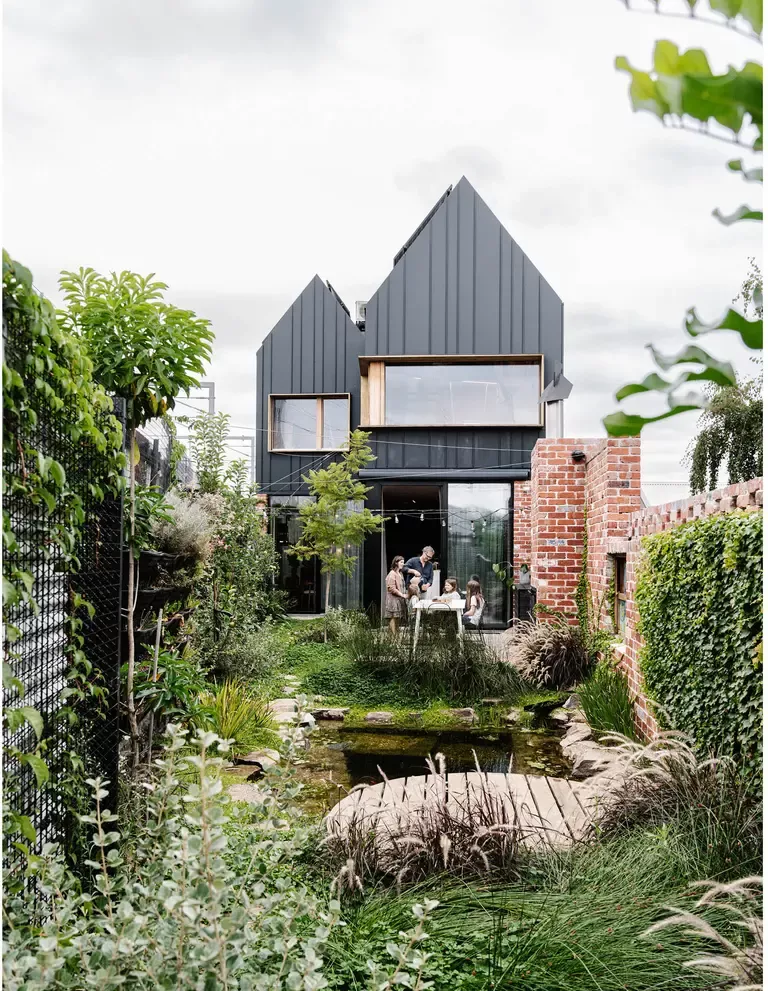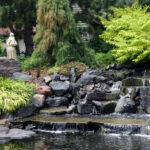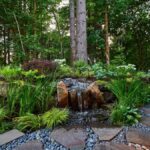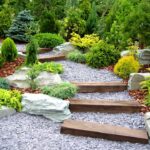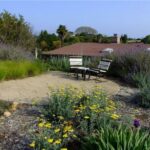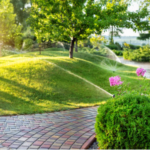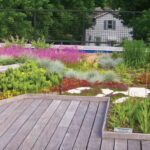Sustainable landscaping is becoming increasingly popular as people look for ways to reduce their environmental impact and create beautiful outdoor spaces. Sustainable landscaping involves using techniques and materials that are environmentally friendly and help conserve resources.
One key aspect of sustainable landscaping is using native plants in your garden. Native plants are well-suited to the local climate and soil conditions, making them more likely to thrive without the need for excessive watering, fertilizers, or pesticides. By choosing native plants, you can create a low-maintenance garden that supports local wildlife and helps preserve biodiversity.
In addition to planting native species, sustainable landscaping also involves using water-efficient irrigation systems. Drip irrigation, for example, delivers water directly to the roots of plants, reducing water waste and promoting healthy growth. Rainwater harvesting is another sustainable landscaping technique that involves collecting rainwater in barrels or tanks for later use in watering plants.
When it comes to hardscaping, sustainable landscaping emphasizes the use of permeable materials such as gravel, permeable pavers, or mulch. These materials allow rainwater to seep into the ground, helping prevent runoff and reducing the risk of flooding. By incorporating permeable hardscaping into your landscape design, you can help protect water quality and promote healthy soil.
Another important aspect of sustainable landscaping is using organic fertilizers and mulch. Chemical fertilizers and pesticides can harm beneficial insects, pollinators, and other wildlife, as well as contaminate water sources. Organic fertilizers and mulch, on the other hand, provide essential nutrients to plants without harming the environment, promoting healthy soil and reducing the need for synthetic chemicals.
Finally, sustainable landscaping involves creating wildlife-friendly habitats in your garden. By providing food sources, shelter, and water for birds, butterflies, and other wildlife, you can help support local ecosystems and contribute to biodiversity conservation. Installing bird feeders, bird houses, and butterfly gardens are just a few ways to make your garden more wildlife-friendly.
Overall, sustainable landscaping is about creating outdoor spaces that are both beautiful and environmentally responsible. By incorporating native plants, water-efficient irrigation systems, permeable hardscaping, organic fertilizers, and wildlife habitats into your landscape design, you can help conserve resources, protect the environment, and promote biodiversity in your own backyard.
